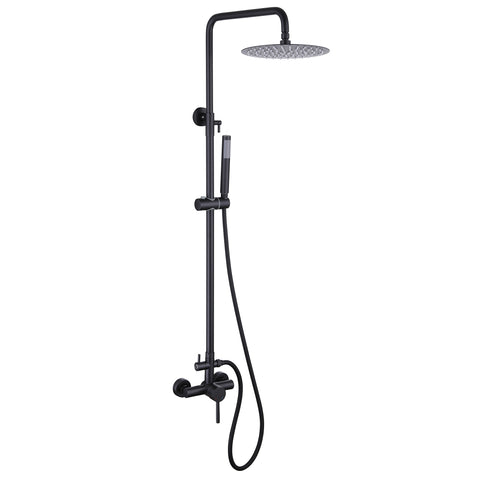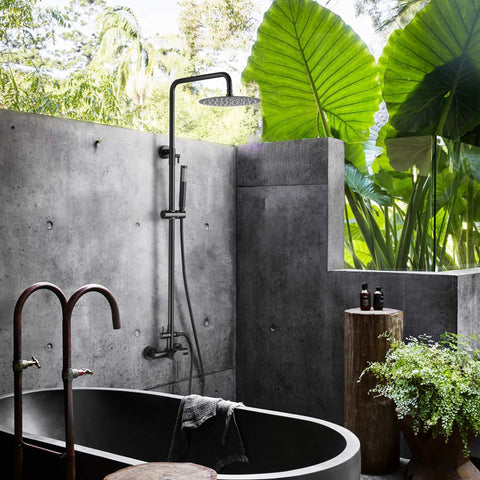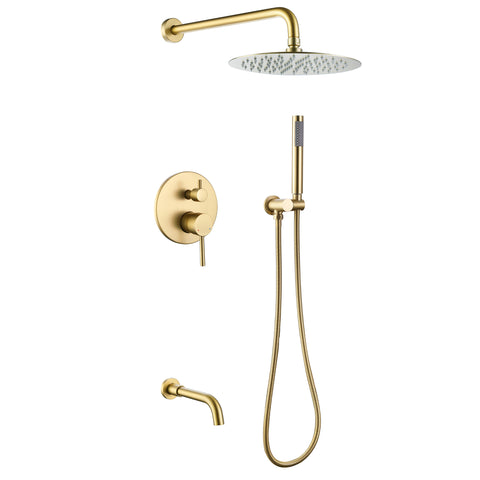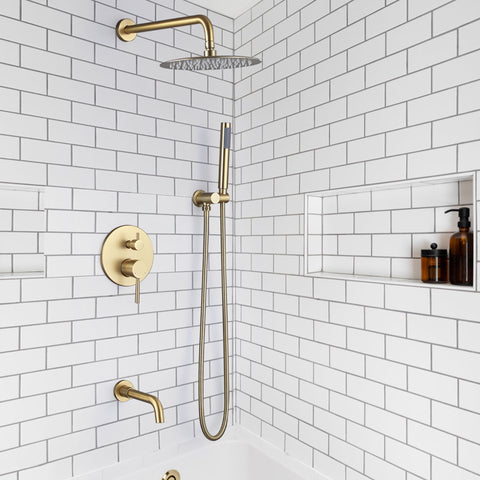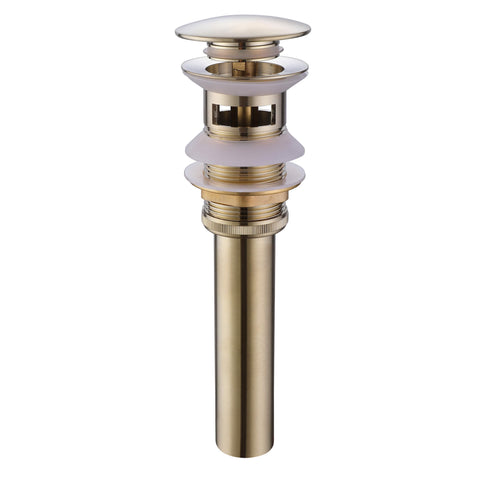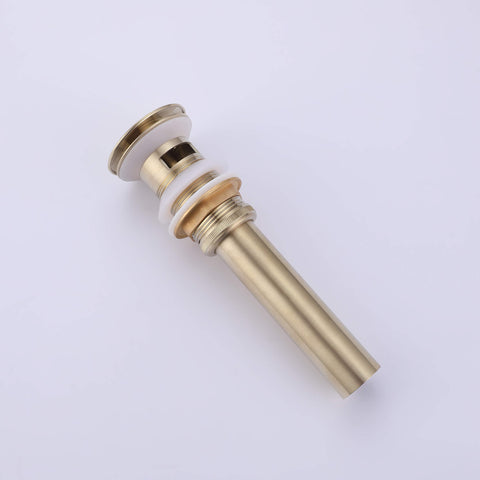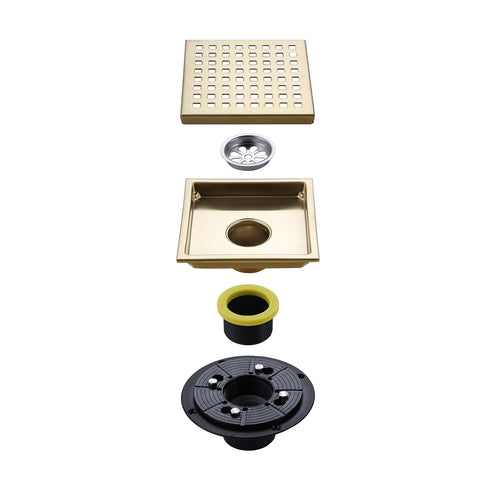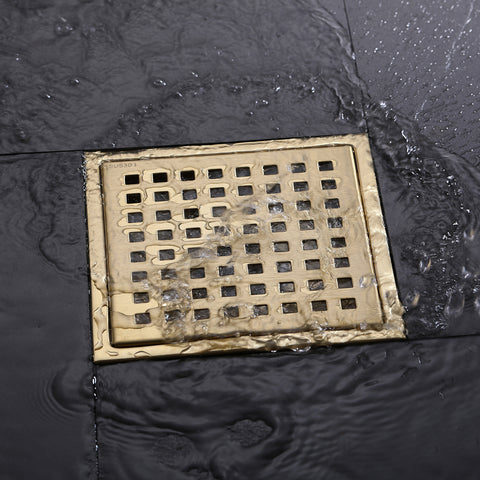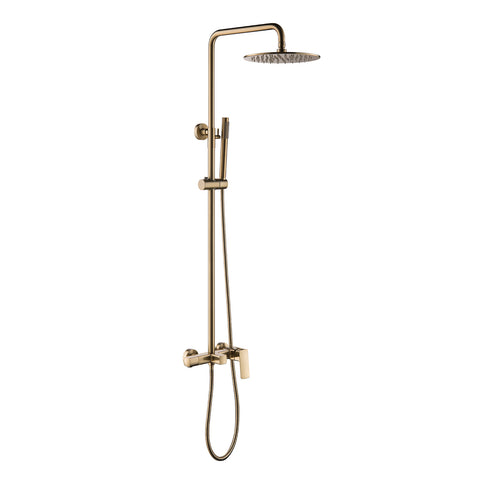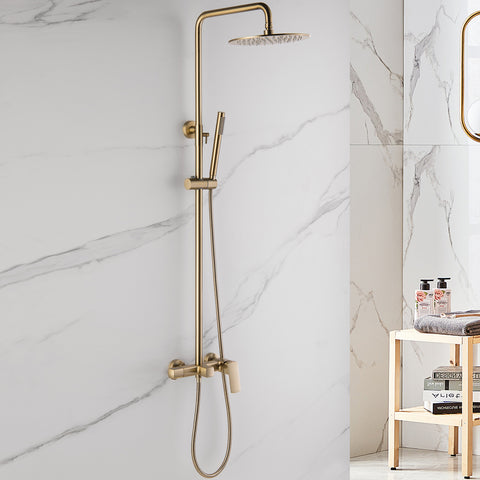Tips for Installing a Kitchen Faucet
Do you want to replace your kitchen faucet? We will guide you step by step to install new kitchen faucets and remove old ones. Read on to learn how to do it with ease—even if you're not a plumbing expert.
Installing a kitchen faucet is not a complicated process. With a bit of patience and the right tools, anyone can do it.
When You Don’t Need to Replace the Entire Faucet
If you're changing your faucet purely for design reasons, feel free to proceed. But if you're doing it due to a malfunction, you may not need to replace the entire fitting.
A dripping faucet or stiff lever is often caused by a faulty cartridge or worn seal. In these cases, replacing just the cartridge or gasket can solve the problem without needing a full faucet replacement.
How to Install a Freestanding (Deck-Mounted) Kitchen Faucet
First, let’s remove the old faucet. Here’s how:
- Turn off the water supply.
- Remove the siphon pipe—place a bucket underneath to catch residual water.
- Close the angle valves under the sink.
- Disconnect the supply hoses.
- Loosen and remove the mounting nuts and hardware holding the faucet to the sink.
- Remove the faucet from above the sink.
Now you’re ready to install the new faucet:
- If the new angle valves already have seals, screw them into the wall outlet. Otherwise, seal the threads with hemp and sealant after roughening with a hacksaw.
- Connect the hot (usually left) and cold (usually right) water supply hoses to the angle valves and faucet body.
- Mount the faucet securely to the sink from underneath, following the installation instructions provided with your model.
- Reconnect the siphon pipe.
- Check for leaks and ensure all fittings are tight.
- Turn on the water. You're done!
How to Install a Wall-Mounted Kitchen Faucet
- Ensure that the spacing of the hot and cold outlets matches your new wall-mount faucet.
- Install the S-shaped eccentric fittings into the wall outlets.
- Wrap the threads with hemp or PTFE tape and screw in securely.
- Use a spirit level to make sure both eccentrics are aligned horizontally.
- Slide the decorative rosettes onto the eccentrics.
- Attach the faucet to the eccentrics and tighten with a wrench or pliers.
